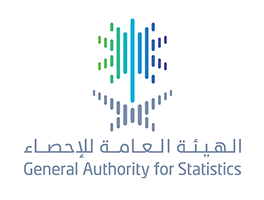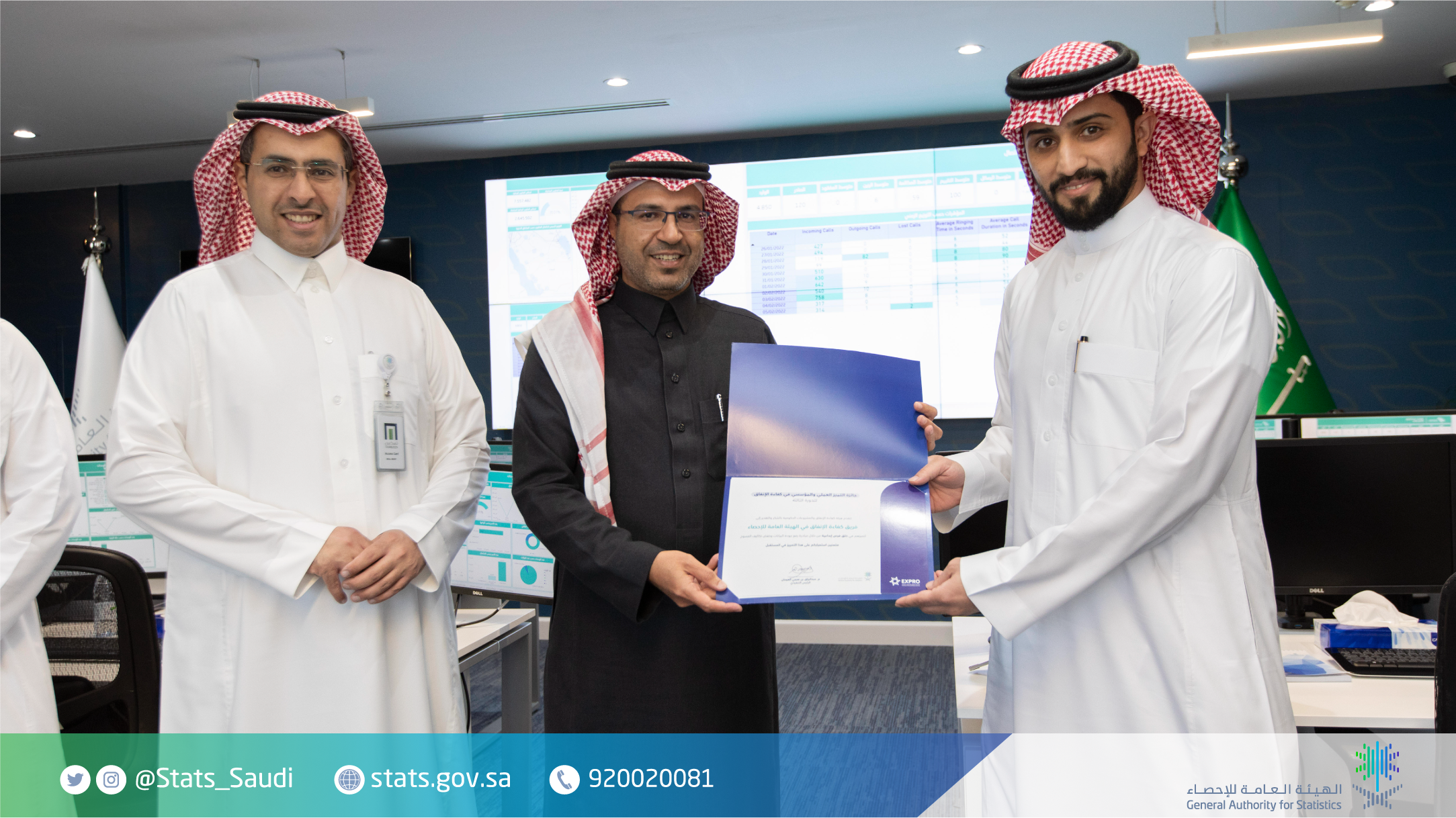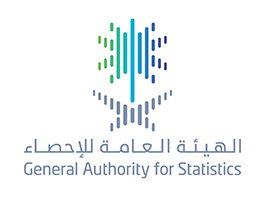“GASTAT” celebrates the launch of Saudi Arabia's fifth Housing and Population Census
11-05-2022
His Excellency the Minister of Economy and Planning, and Chairman of the Board of Directors of the General Authority for Statistics, His Excellency – Faisal Al-Ibrahim – has launched the data collection phase for the Saudi Census 2022. The date of Monday evening, 8th Shawwal 1443 H, which corresponds to May 9th, 2022, was approved by Royal Decree last September as the census day for the General Population and Housing Census for 1443 H. His Excellency expressed his sincere gratitude to the Custodian of the Two Holy Mosques King Salman bin Abdulaziz Al Saud and to His Royal Highness Prince Mohammed bin Salman bin Abdulaziz, Crown Prince and Deputy Prime Minister, for their kind guidance and their unlimited support for the General Authority for Statistics (GASTAT) to implement the Census.
In his speech during the ceremony, which was held in Riyadh today, His Excellency praised the great efforts made by various government agencies in the Saudi Census 2022, contributing in various roles during its preparatory phases, and appreciating what their support and contribution in the coming phases.
His Excellency Al-Ibrahim, referred to the transformation in the Kingdom under ‘Vision 2030’, pointing out that GASTAT provides accurate and reliable statistical data as a basic pillar for planning, development, creating economic and social policies, and developing plans for various sectors to achieve the Vision’s objectives and create a better future.
He stressed that GASTAT conforms to the highest international standards and uses the latest techniques to issue statistical data, by integrating various administrative records, big data and statistical census information to provide accurate data.
His Excellency explained that the Saudi Census 2022 is the first digital census in the history of the Kingdom, using a self-enumeration feature which allows heads of households to conveniently fill the census questionnaire on their own without the need for the census interviewer’s visit. In addition to self-enumeration, 30,000 census interviewers will visit households to collect information, all while upholding the highest levels of confidentiality.
His Excellency also praised the wide participation of Saudi women in the Saudi Census 2022, whether through their leadership positions or by contributing in the field operation, stressing that it was an extension of the Kingdom’s approach to empowering women and increasing their contribution to the national economy.
His Excellency Faisal Al-Ibrahim urged the Kingdom’s residents and citizens to participate in the census by completing its questionnaire through the various available options, considering it as a national duty, a societal responsibility, and an opportunity to build a better future for the Kingdom.
The President of GASTAT, Dr. Konrad Pesendorfer clarified that the Saudi Census 2022 is the beginning of a new era of statistical knowledge in the Kingdom, describing it as an innovative digital census, and indicating that it will provide detailed information to help planners and policymakers.
Dr. Pesendorfer pointed out that GASTAT is helping with the Kingdom’s developments by investing in its human capabilities, as well as following a new business model of producing high quality statistics by integrating data from multiple sources. The census project is a good example of implementing this new business model as big data sources like satellite images were used in the preparation of the census, just as well as administrative data before collecting data directly from households. He explained that the Authority had improved the quality of data of major statistical products and information provided to decision makers, exemplifying GDP figures that were available earlier than they used to be.
He addressed several Saudi leaders who had worked on preparing for the Census, through a video in which they talked about the efforts made during the census operations and the roles they played.
GASTAT prepared the Census project based on the best international practices as implemented in countries of the G20 and in member countries of the Organization for Economic Cooperation and Development (OECD), through collaboration with experts from the United Nations (UN) and various government agencies.
The Authority is always keen to ensure the quality of data, by setting quality control procedures, as data is validated and processed during the data collection phase by a specialized quality control team, which communicates with a random sample of census participants to ensure the accuracy of the information.
After completing the data collection phase, data analyzing will start to ensure its quality and accuracy, after which the preliminary results will be published before the end of 2022, and made available to decision-makers and researchers in the public and private sectors. This will be a record time to complete the analysis and data dissemination, while some countries take more than a full year to complete the analysis and publication process.







